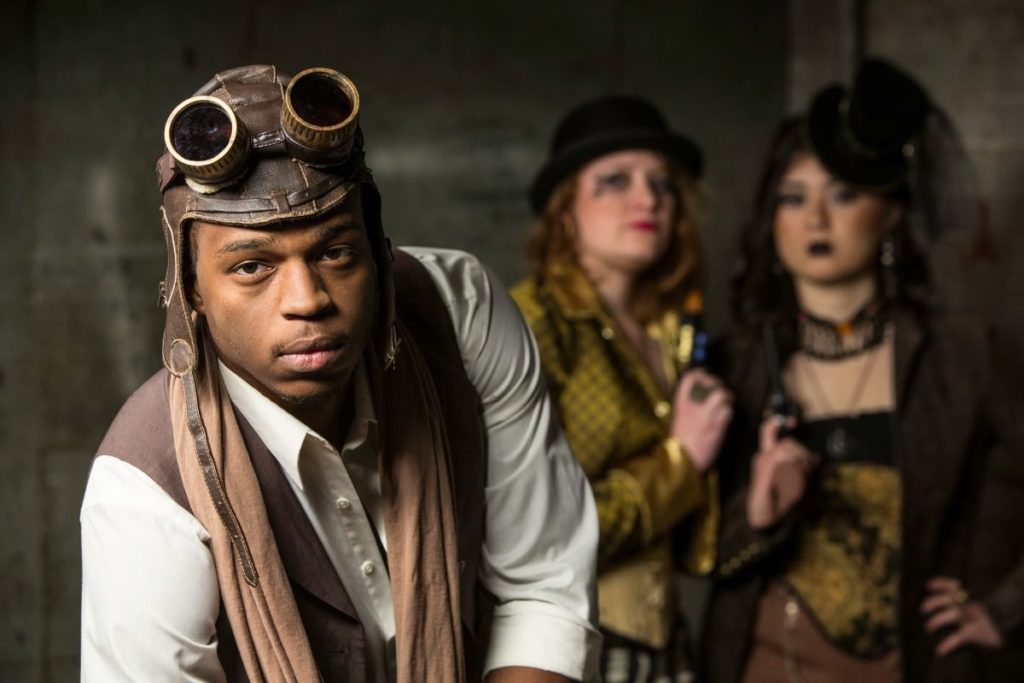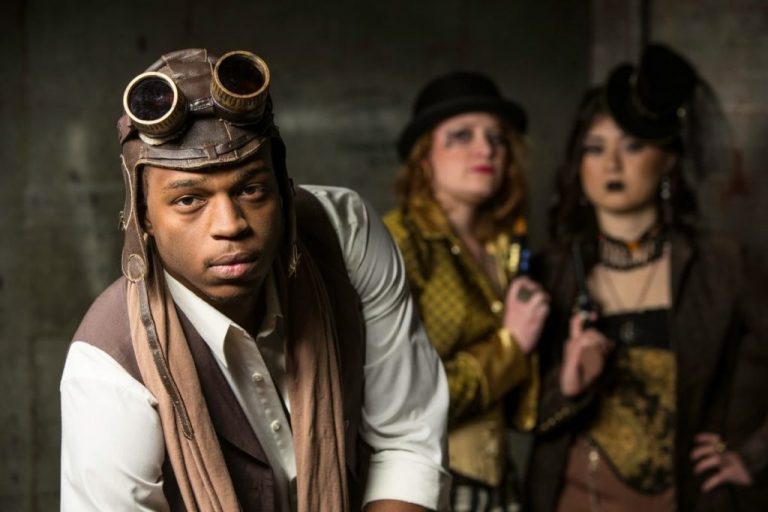Costume design in film and theater is more than just dressing characters; it is a crucial element in crafting their identities and personalities. From the hero to the villain, every character is brought to life through the careful selection of costumes that reflect their unique traits and motivations. In this article, we will explore the art of crafting character through the use of archetypes in costume design, shedding light on the power of clothing to evoke emotion, convey meaning, and enhance storytelling. Join us on a journey into the world of costume design, where every stitch and fabric choice helps to shape the characters we love and loathe.

Exploring the Power of Archetypes in Costume Design
When it comes to bringing characters to life on screen or stage, costume design plays a crucial role in conveying personalities, emotions, and storylines. One powerful tool that costume designers often utilize is the use of archetypes. These universal symbols and patterns can help create depth and complexity in characters, allowing audiences to easily recognize and connect with them.
By tapping into the power of archetypes, costume designers can communicate a character’s traits, motivations, and journey through their clothing choices. From the hero’s journey to the femme fatale, archetypes offer a rich source of inspiration for crafting visually compelling costumes that enhance the storytelling experience.
Through the careful selection of colors, textures, fabrics, and silhouettes, costume designers can evoke specific archetypes and evoke emotional responses from the audience. Whether it’s the innocent maiden in flowing white garments or the wise mentor in dark, mysterious robes, each archetype brings its own unique energy and symbolism to the character.
Creating a Visual Language through Character Costuming
When it comes to , costume designers play a crucial role in bringing fictional characters to life. Each costume is carefully crafted to embody the essence of the character, conveying their personality, backstory, and role within the story. By paying attention to details such as color, texture, and silhouette, costume designers can effectively communicate key aspects of a character’s identity.
One way costume designers achieve this is by drawing inspiration from archetypes. Archetypes represent universal symbols and themes that resonate with audiences on a subconscious level. By incorporating elements of archetypal figures such as the hero, the villain, the mentor, or the damsel in distress, costume designers can evoke strong emotional responses and create memorable characters.
Costume designers also utilize symbolism to enhance character development through costuming. Colors, patterns, accessories, and fabrics can all convey deeper layers of meaning, reflecting a character’s journey, motivations, and inner conflicts. For example, a character dressed in all black may suggest a sense of mystery, power, or darkness, while a character adorned with bright colors and floral prints may symbolize innocence, vitality, or transformation.
The Influence of Color, Texture, and Silhouette on Character Development
When it comes to crafting the perfect character, costume design plays a crucial role in bringing a character to life on screen or stage. Color, texture, and silhouette are powerful tools that costume designers use to develop characters and convey their personalities to the audience.
Color: The choice of color in a character’s costume can communicate a lot about their personality. Bright, bold colors can signify confidence and extroversion, while muted tones may suggest subtlety and introversion. For example, a character dressed in vibrant reds and yellows may be seen as passionate and energetic, while someone in cool blues and greens may be perceived as calm and rational.
Texture: The texture of a costume fabric can also tell us a great deal about a character. Rough, rugged textures could indicate a character who is down-to-earth and practical, while smooth, sleek fabrics might suggest sophistication and elegance. By choosing the right textures, designers can enhance the audience’s understanding of a character’s background and personality.
Silhouette: The silhouette of a costume can go a long way in shaping how a character is perceived. A fitted, structured silhouette may convey control and authority, while a loose, flowing silhouette can suggest a more relaxed and carefree attitude. By playing with different shapes and proportions, costume designers can manipulate the audience’s perception of a character’s traits and motivations.
Tips for Maximizing the Impact of Archetypes in Costume Design
One key tip for maximizing the impact of archetypes in costume design is to carefully consider the color palette. Colors can evoke different emotions and help reinforce the archetype of a character. For example, using bold and vibrant colors can make a character appear more energetic and dynamic, while muted tones can convey a sense of mystery or sophistication. Consider the personality traits of the archetype you are trying to portray and choose colors that align with those characteristics.
In addition to color choices, paying attention to silhouette and shape can also enhance the portrayal of archetypes in costume design. The silhouette of a costume can communicate a lot about a character’s personality and role in a story. For example, a flowing, ethereal silhouette may be appropriate for a mystical or spiritual archetype, while sharp angles and structured shapes can convey strength and authority. Experiment with different silhouettes to see which best captures the essence of the archetype you are working with.
Accessories play a crucial role in costume design as they can help to further establish the archetype of a character. From jewelry to hats to weapons, accessories can provide additional context and depth to a character’s look. Consider how accessories can enhance the overall aesthetic of a costume and contribute to the storytelling of a character. Remember that less is often more when it comes to accessories, so choose pieces that are meaningful and contribute to the overall narrative of the character. In conclusion, understanding the role of archetypes in costume design allows us to delve deeper into the psyche of characters and the narratives they inhabit. By carefully crafting each costume with intention and purpose, costume designers have the power to enhance the storytelling and bring characters to life in a visually captivating way. Whether it be the hero, the villain, the mentor, or the trickster, each archetype plays a vital role in shaping the overall tone and feel of a production. So next time you watch a movie or attend a theater performance, take a closer look at the costumes and see if you can identify the archetypes at play. It may just give you a whole new perspective on the characters and the story being told. Thank you for joining us on this exploration of the fascinating world of character archetypes in costume design.


